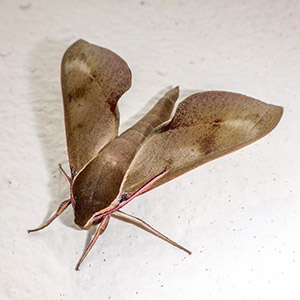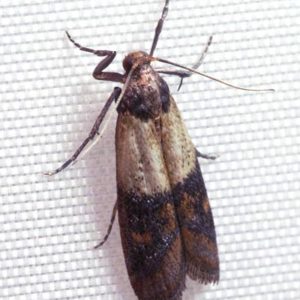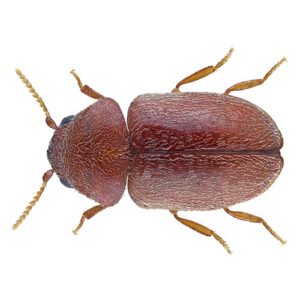Description
| What do pantry pests look like? | Because the term “pantry pests” refers to a group of insects, these pests can look different depending on the type invading your home. The most common types of pantry pests are moths, weevils, and small beetles. Typically, these are all very small brown and black insects, and a surefire way to tell if they are pantry pests is if they are in or around your food. |
| Characteristics | Pantry pests are unique from other pests because they usually make their way into your home through your food itself. While these insects can enter through the typical entry points like wall cracks and floorboard openings, more commonly these pests originate from outside of the home and are already inside your packages when you buy them. Even if you have a spotless house with no points of entry for pests, they can embed themselves in food at the processing plant or warehouse, during delivery, or at the grocery store. |
| Habitat & Behavior | The most common types of pantry pests include moths, weevils, and a variety of small beetles. Each of these pests have their own pantry product of choice. If you have a pantry pest you want to identify, start with the food you have found them in:
Beetles and moths have three stages of development, and all three stages can be found in your food, however here are some things to remember about the stages of pantry pests:
|
| Commonly Active | Spring / Summer / Fall |
| Risks of Infestations | While pantry pests aren’t poisonous, nobody wants to eat food infested with bugs! If you just got finished with dinner and notice pantry pests in your spices or cabinets, don’t be alarmed. It might be unsettling to think about eating a bug, but there is no need to worry about your health. The main risk of having pantry pests is the spread of these bugs in your pantry, causing you to have to throw out many of your ingredients and purchase new ones. |


